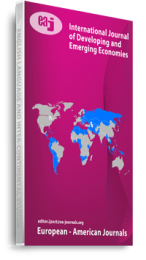Public investment traditionally holds the main structure of any economy. We consider annual development programme (ADP) is the main proxy for public investment in Bangladesh and also consider the gross capital formation for more reliable results. The link among GDP, PI and GCF are analyzed by our regression model, Ordinary Least Squares (OLS) method was used in estimation and we apply different statistical tools in order to know different statistical properties such as, we have used Ramsey’s RESET test for finding model misspecification. We also used the Jarque-Bera test for normality, Breusch-Pagan-Godfrey and White test for heteroscedasticity, the Durbin-Watson d test and the Breusch- Godfrey Serial Correlation LM Test for correlation, and Likelihood Ratio and the Wald test as specification. The variables were subjected to different unit root tests (ADF, PP, and KPSS) to justify stationary status. Though variables were non-stationary, the cointegration test (Engle Granger, CRDW, Johansen test) was conducted for long-run equilibrium as well as we use different types of tests to find out more reliable results. In addition, we checked the Granger Causality. From our study, we have seen that PI has positive effects on GDP in Bangladesh. According to our result, there is a positive impact of public investment on economic development. Findings point out that keeping the high public investment level in Bangladesh together with improvement in institutional surroundings would be beneficial for economic growth
Keywords: Co-Integration Test, Jarque-Bera Test, Public Investment, Unit Root Test, economic growth

